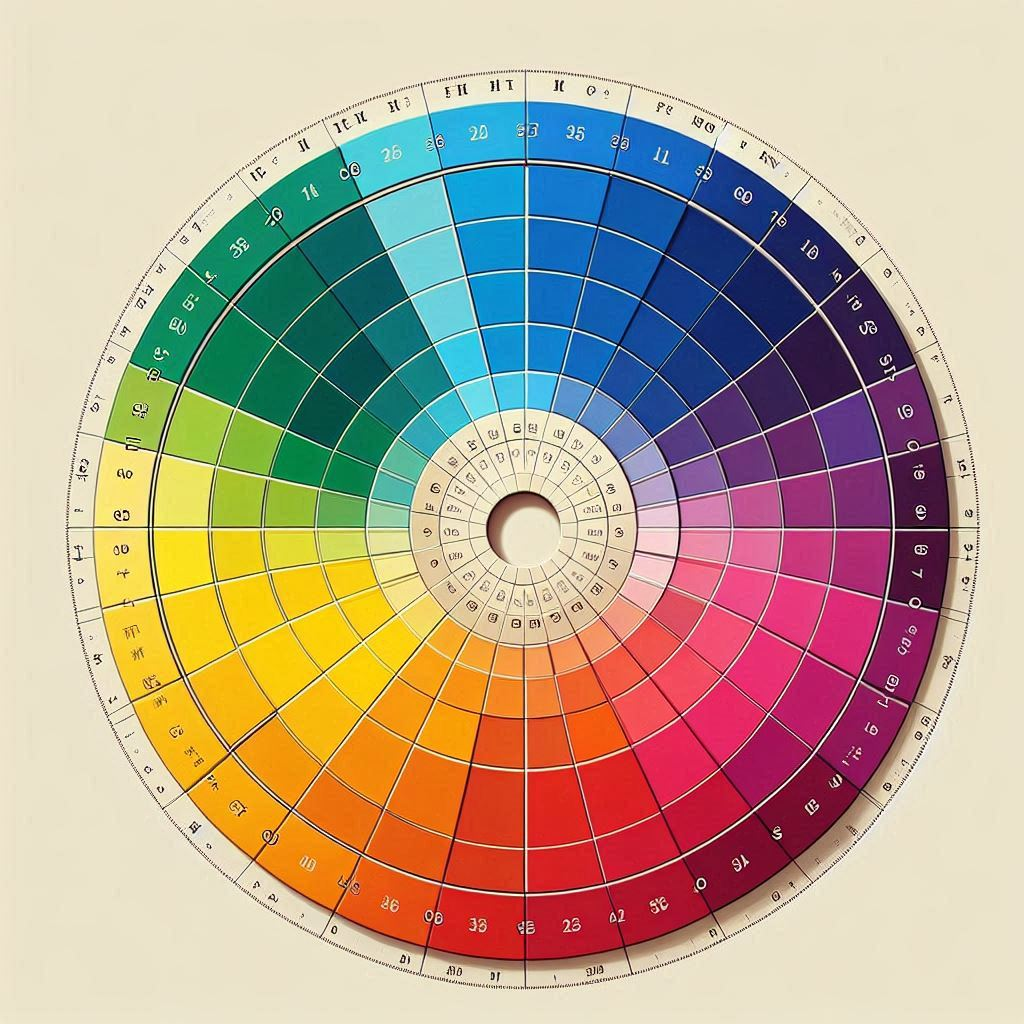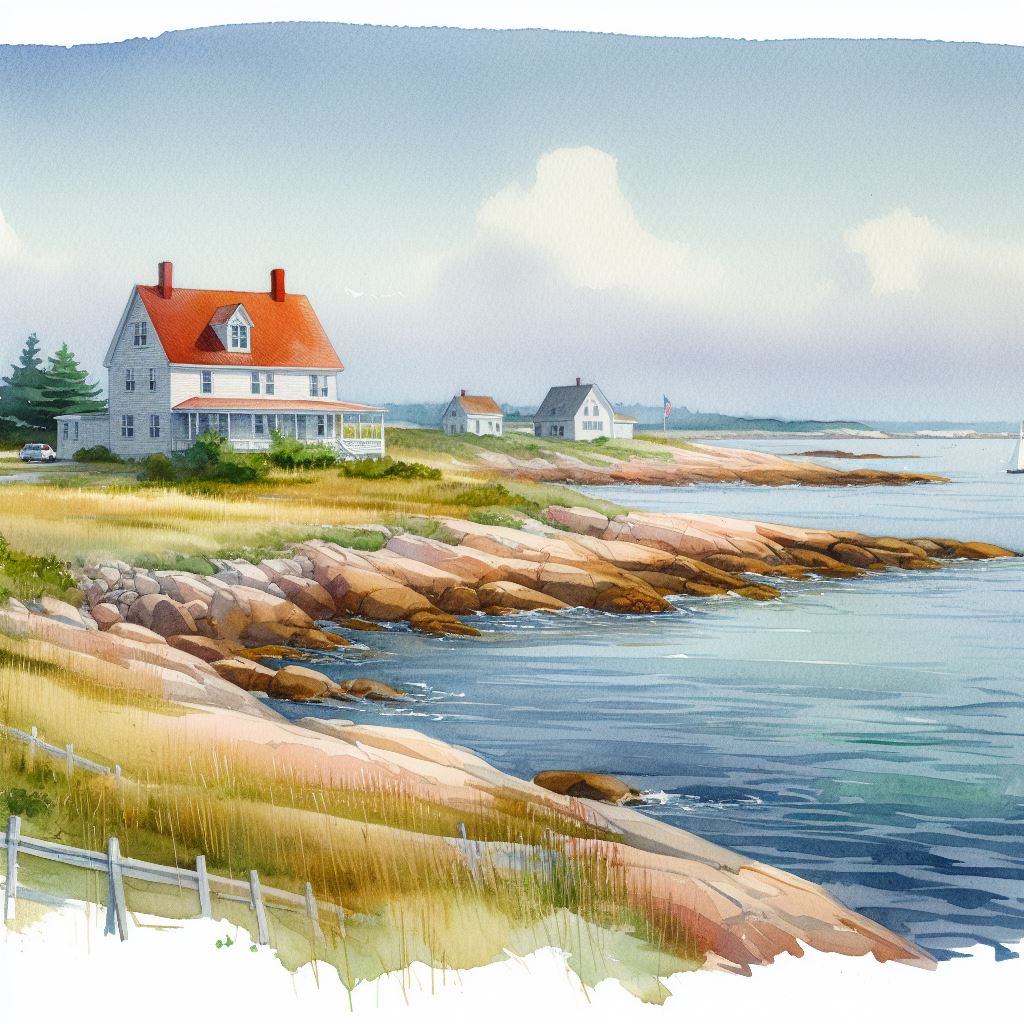Watercolor painting is a beautiful and expressive art form that allows artists to create stunning works of art. One essential aspect of creating realistic and captivating watercolor paintings is understanding and applying perspective techniques. Perspective gives depth, dimension, and a sense of space to your artwork, making it visually engaging and lifelike. If you’re a beginner looking to enhance your watercolor skills, this article will guide you through various perspective techniques specifically tailored for beginners. Let’s dive in!
Understanding Watercolor Perspective
Tool: Getting in Perspective!
The tool below allows users to explore different compositions and perspectives easily. They can now:
- Create off-center one-point perspective grids.
- Experiment with extreme perspective effects by moving the focal point to the edges or corners.
- Quickly iterate through different compositional ideas by moving the focal point.
Link to Perspective Tool
Understanding the fundamentals of watercolor perspective is crucial for creating realistic artwork. Perspective is the technique used to depict three-dimensional space on a two-dimensional surface. It involves capturing the way objects appear to diminish in size as they recede into the distance. Here are some key concepts to grasp:
One-Point Perspective
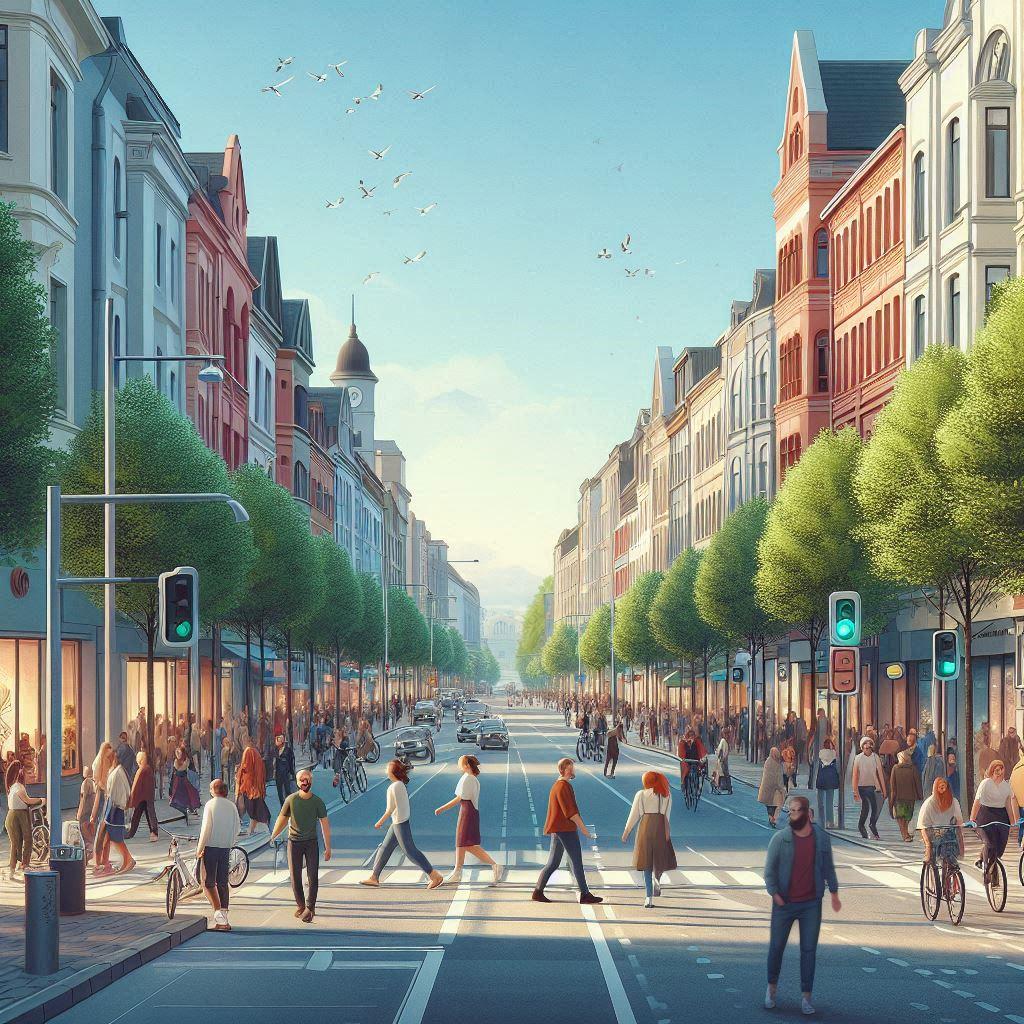
One-point perspective is a fundamental technique used to create the illusion of depth and distance in a painting. In this technique, all the lines converge to a single vanishing point on the horizon line. This technique is especially useful for painting scenes with strong frontal views, such as buildings or roads.
To create one-point perspective in watercolor, start by drawing a horizontal line for the horizon. Then, draw a vertical line to represent an object or a building. Connect the top and bottom of the vertical line to the vanishing point on the horizon. Finally, add details and color to your painting, keeping in mind the diminishing size of objects as they recede into the distance.
Two-Point Perspective
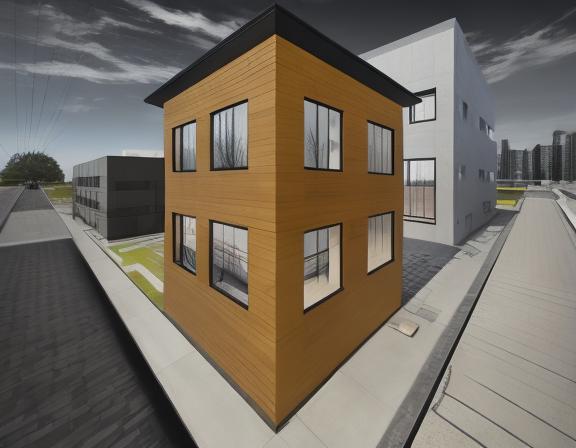
Two-point perspective is another important technique that adds depth and realism to your watercolor paintings. Unlike one-point perspective, two-point perspective involves two vanishing points on the horizon line. This technique is ideal for portraying scenes with multiple angles and edges, such as cityscapes or interiors.
To apply two-point perspective in watercolor, begin by drawing the horizon line and two vanishing points. Next, draw a vertical line to represent an object or a building. Connect the top and bottom of the vertical line to the corresponding vanishing points. This creates the illusion of depth and convergence. As with one-point perspective, remember to consider the diminishing size of objects as they recede into the distance.
Aerial Perspective
Aerial perspective (or atmospheric perspective) is a technique used to depict the illusion of depth and distance by altering the color, value, and clarity of objects as they recede into the background. This technique mimics the natural atmospheric effects that occur in real-life landscapes.
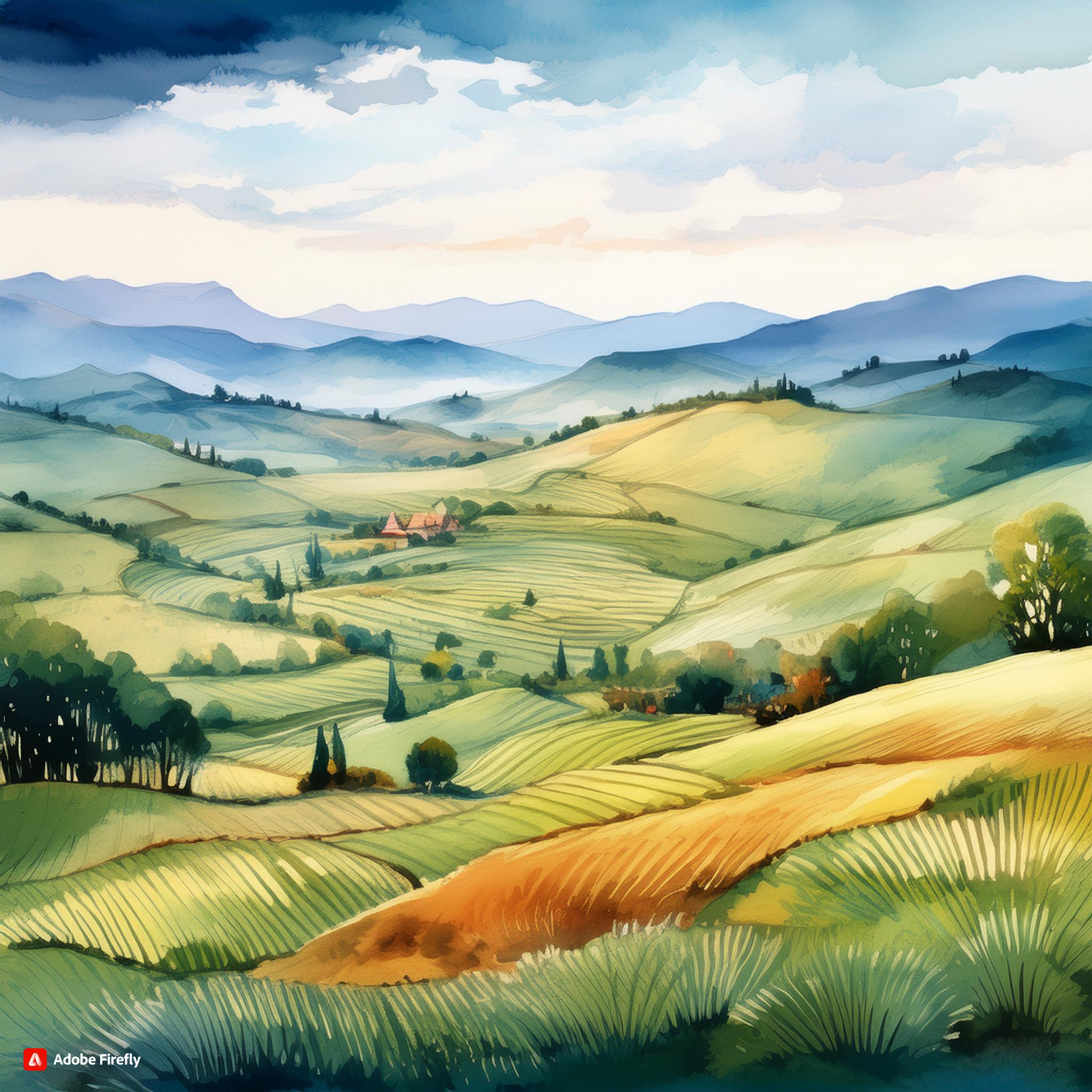
To utilize aerial perspective in watercolor, start by painting the foreground objects with vibrant and intense colors. As you move towards the background, gradually lighten the colors, reduce the contrast, and blur the details. This creates the impression of objects fading into the distance. Additionally, cool colors tend to recede, so consider using cooler tones for distant elements in your watercolor landscape.
Tips for Mastering Watercolor Perspective
Now that you have an understanding of the key perspective techniques in watercolor, here are some valuable tips to help you master them:
Start with Simple Exercises
Begin your journey into watercolor perspective by practicing simple exercises. Draw basic shapes like cubes, cones, and cylinders, and apply perspective principles to them. This will help you grasp the fundamentals and gain confidence in your skills before tackling more complex scenes.
Study References and Tutorials
Take advantage of the abundance of online resources available to learn from experienced artists. Study reference images, watch tutorials, and observe how perspective is applied in different artworks. Learning from the masters will provide valuable insights and inspiration for your own watercolor paintings.
Experiment with Different Techniques
Don’t be afraid to experiment and explore different perspective techniques
Try using different vanishing points, angles, or compositions to create unique effects. The more you experiment, the more you’ll develop your personal style and discover what works best for you.
Practice Value and Color Studies
Understanding how value and color influence perspective is essential. Experiment with different color palettes to convey depth and atmospheric effects. Through practice, you’ll learn how to effectively use value and color to enhance your watercolor perspective.
Patience and Perseverance
Mastering watercolor perspective takes time and patience. Don’t get discouraged by initial challenges or mistakes. Keep practicing, learning, and experimenting. With perseverance, you’ll gradually improve your skills and create breathtaking watercolor paintings with captivating perspectives.
Conclusion to Watercolor Perspective Techniques for Beginners
Watercolor perspective techniques open up a world of possibilities for creating realistic and visually captivating artwork. By understanding and applying techniques such as one-point perspective, two-point perspective, and aerial perspective, you can add depth, dimension, and a sense of space to your watercolor paintings. Remember to start with simple exercises, study references, and tutorials, experiment with different techniques, and practice value and color studies. With dedication and perseverance, you’ll steadily enhance your watercolor perspective skills and create stunning artworks that captivate viewers with its realism and depth. Happy painting!


